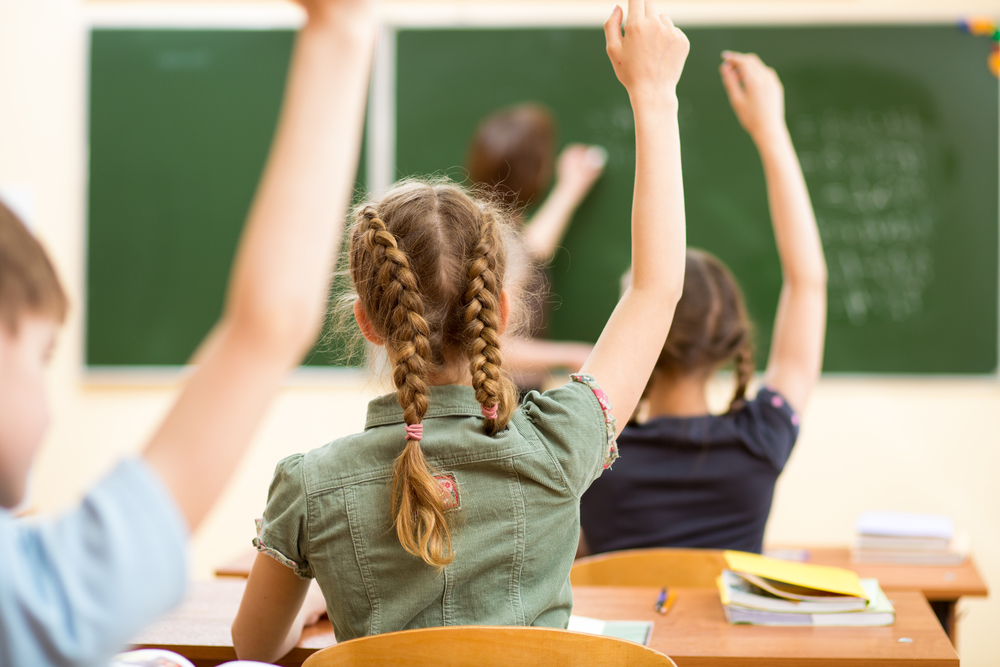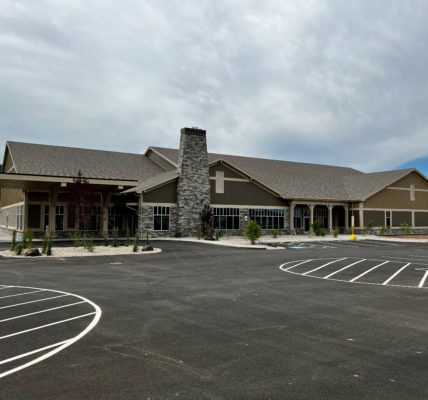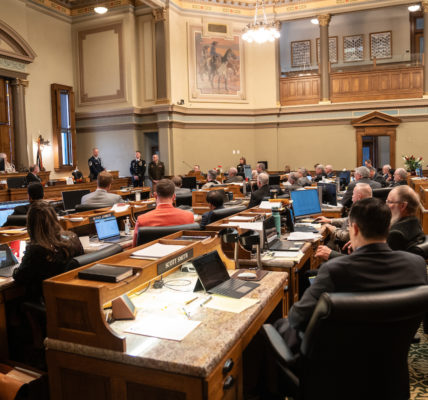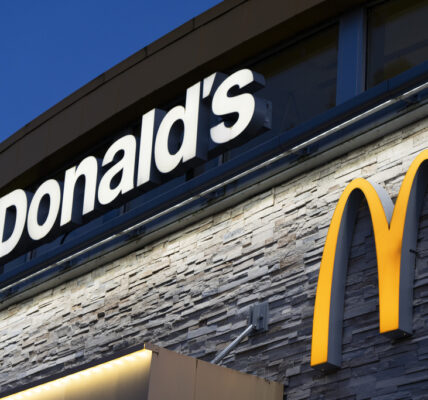By Kylie Mohr
Jackson Hole News&Guide
Via Wyoming News Exhange
JACKSON — Numbers recently released in a U.S. Census Bureau report show that Wyoming spends more per pupil than its neighbors and most of the country, but that funding is spread more equitably.
The 2016 Annual Survey of School System Finances, released earlier in June, looks at spending of public elementary and secondary school systems by state for the 2016 fiscal year.
Spending $16,442 per student, Wyoming comes in higher than the U.S. average of $11,762 and substantially more than Colorado, Idaho, Montana, Nebraska, South Dakota and Utah. The state is seventh in the country for per- student spending behind Alaska, Connecticut, the District of Columbia, New Jersey, New York and Vermont.
Similar data from the National Education Association made legislators say last winter they think the state spends too much on education.
“Wyoming’s education spending is completely out of whack with the region, and we can no longer afford to continue in this fashion,” Senate President Eli Bebout said in February 2017. “We need to get a handle on our spending now.”
Bebout, R-Riverton, said this legislative session that education spending was too high for the results it gave and is opposed to most tax-raising measures.
Test results show that Wyoming students are ahead of the curve in their early years but fall back to average by the end of middle school.
Wyoming Superintendent of Public Instruction Jillian Balow said that there are reasons for what appears to be high spending. Wyoming is one of a handful of states that prohibits local communities from raising additional money to fund school operations.
“In most states, it’s very much dependent on the revenue that the local communities can generate for education,” she said. “That’s a really important distinction to make.”
Balow cautioned politicians against seeing the numbers at face value as they enacted $27 million in cuts for the upcoming two-year budget cycle this spring in the wake of $77 million in cuts to K-12 education in recent years.
“When you look at the data and you look at the surrounding states, which is what policymakers tend to do, they’re keen on looking at data and facts and keen on comparing Wyoming to our neighboring states,” Balow said. “And it’s alarming at first glance. But it’s really important that not just policymakers, but all of us, dig a little bit deeper to say, ‘What would it look like if we were raising our own funds locally?’”
In Wyoming all local revenue is redistributed via the school funding formula.
“We can say without a doubt, across Wyoming, it doesn’t matter what your ZIP code is, it doesn’t matter what your parents do, it doesn’t matter what kind of neighborhood you live in, every student in Wyoming has equal access to a quality education,” Balow said. “And that’s something no other state can say.”
While Balow said she readily recognizes that “we really need to figure out how to narrow that disconnect between what’s available and what we’re spending” she doesn’t want cuts to come at the expense of equity.
“I still think there are efficiencies and savings to be found,” she said. “But we need to be really careful and not take many more lops off of education or we really risk messing with that equity. At this point, it’s a challenge in some areas and some grades, but every student has access to a great education in Wyoming and we don’t want to forfeit that.”
Balow said that if Wyoming went back to communities raising their own funds, there would be inequities that don’t exist now.
“We know that kids would be winners and losers in the access they have to education,” she said.
The losers, Balow said, would need to spend more time determining where their money would come from and less time on creating a great education.
“You can imagine that if citizens and/or educators in a community have to go door-to-door and campaign for per-pupil funding or a new building, that they have less time to think about the quality of education that’s being delivered to their students,” she said.
She pointed to Oklahoma, where the state started last year short 500 teachers and rural districts didn’t have transportation set up on the first day of school, and Connecticut, where per-pupil spending around the state can range from $5,000 to $19,000.
Balow said Education Week’s “Quality Counts” report this year gave Wyoming high marks for equity and for education funding. Wyoming received an A, compared with the national average of a D-minus. Wyoming ranked third in the nation in funding and seventh in the national rankings on equity measures.
“That speaks volumes,” Balow said. “There’s no other state that’s been able to achieve what we have. There’s so much talk about equity in education right now. We can skirt around all of the issues regarding an equitable education, but if we don’t have an equitable funding system that underpins that then we’re really just plugging holes in the bucket instead of having a bucket with no holes.”
- 38Shares




